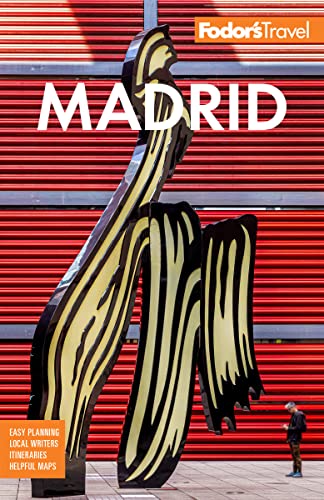Covering a hill of its own, across the Darro ravine from the Alhambra, this ancient Moorish neighborhood is a mix of dilapidated white houses and immaculate carmenes. It was founded in 1228 by Moors who had fled Baeza after Ferdinand III captured the city. Full of cobblestone alleyways and secret corners, the Albayzín guards its old Moorish roots jealously, though its 30 mosques were converted to baroque churches long ago. A stretch of the Moors' original city wall runs beside the ridge called the Cuesta de la Alhacaba. If you're walking—the best way to explore—you can enter the Albayzín from either the Cuesta de Elvira or the Plaza Nueva. Alternatively, on foot or by taxi (parking is impossible), begin in the Plaza Santa Ana and follow the Carrera del Darro, Paseo Padre Manjón, and Cuesta del Chapíz. One of the highest points in the quarter, the plaza in front of the church of San Nicolás (€2; open mornings only)—the Mirador de San Nicolás—has one of the finest views in all of Granada: on the hill opposite, the turrets and towers of the Alhambra form a dramatic silhouette against the snowy peaks of the Sierra Nevada. The sight is most magical at dawn, dusk, and on nights when the Alhambra is floodlighted. Take note of the mosque just next to the church—views of the Alhambra from the mosque gardens are just as good as those from the Mirador de San Nicolás and a lot less crowded. Interestingly, given the area's Moorish history, the two sloping, narrow streets of Calderería Nueva and Calderería Vieja that meet at the top by the Iglesia San Gregorio have developed into something of a North African bazaar, full of shops and vendors selling clothes, bags, crafts, and trinkets. The numerous little teahouses and restaurants here have a decidedly Moroccan flavor.
Plan Your Next Trip
-
Things To Do




